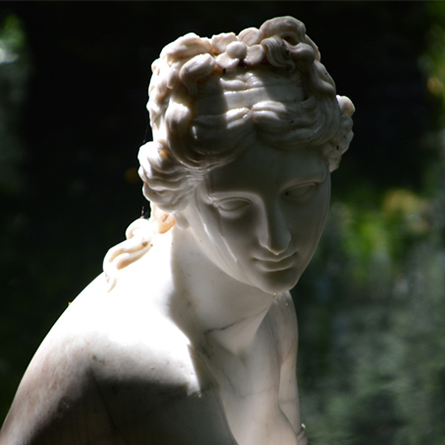
Maria Carolina of Austria


Maria Carolina of Austria
(Vienna 1752 – Vienna 1814)
An open-minded, intelligent and ambitious woman, Maria Carolina of Austria was educated at the Viennese court. In 1768, she married Ferdinand IV by proxy, and began to wield influence on political decisions at court. After the heir to the throne was born, she became part of the Council of State, using her political power to break ties with Spain and re-orient Neapolitan foreign policy towards the English. She worked with John Acton, who with her favor became a powerful head of government. An enlightened queen and a lover of intrigue, she promoted reforms and protected Freemasonry. Her lovers included Francesco Maria Venanzio d’Aquino, Prince of Caramanico, a leading member of high society. At the suggestion of William Hamilton, Minister Plenipotentiary of Her Britannic Majesty to the Kingdom of Naples, she hired gardener John Andrew Graefer (who had worked with Carlo Vanvitelli) to pursue her dream of planting an informal garden in Caserta in the fashion then spreading from England to Europe. Hamilton persuaded Carolina to emulate the garden created by her sister Marie Antoinette at the Petit Trianon in Versailles. This garden conceals an initiatory route that, via a series of stages marked by
Look at the card of the Royal Palace of Caserta
 Share on social
Share on social